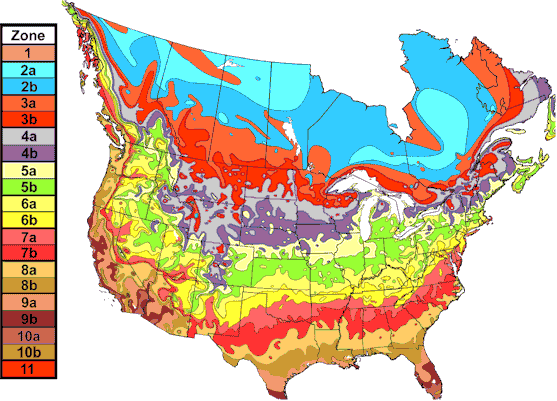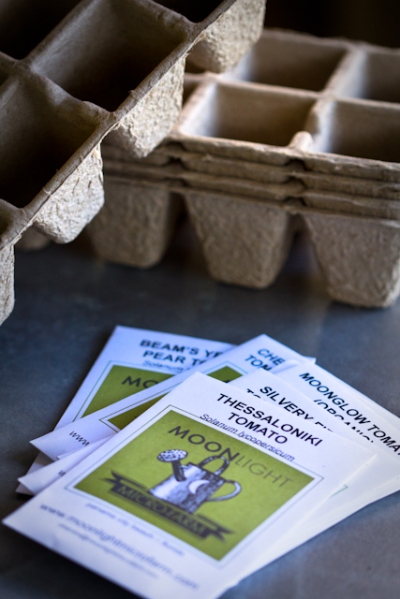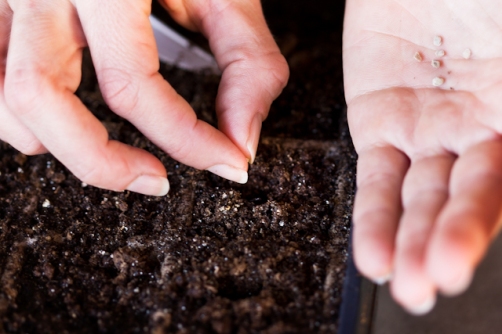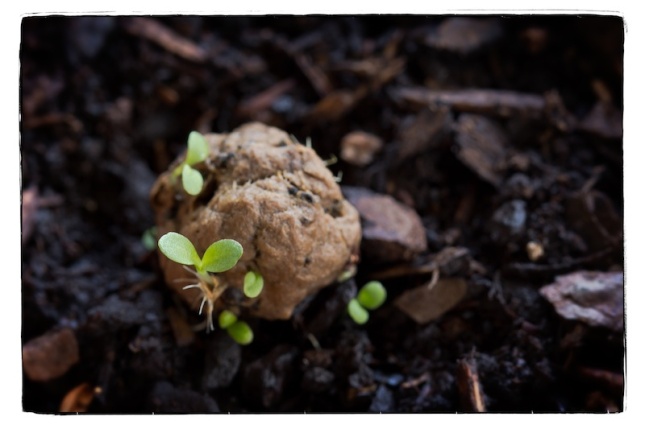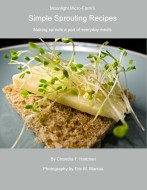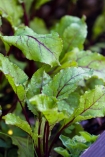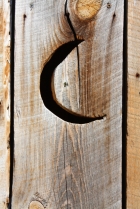I recently heard on the news, the term Junuary to describe the freakishly pleasant weather we’ve been experiencing. No matter what you call this early spring time bliss, it’s time to start tomatoes, peppers, eggplants, and tomatillos in US Hardiness Zone 8b. Don’t know your hardiness zone? See below.
What follows is a quick and over simplified guide to starting your seedlings. It’s only meant to serve as a jumping off point to get you inspired to sow those seeds!
A warning to our friends in Zone 8a (just a little further inland), check your expected frost free dates! Our (on the coast) expected last freeze dates are right around March 1. Please keep in mind that this is only an estimate. It’s best to be prepared with frost protection when starting new seeds or setting transplants outdoors.
For warm season crops like tomatoes, peppers, eggplant, and tomatillos, it’s recommended to start them indoors 4-6 weeks before the last frost. In hot and humid climates like ours, tomatoes will often stop performing once the temperatures reach 85 degrees F. That’s why it’s key to give them the best chance possible by starting them indoors and setting them out as soon as all chance of frost has passed. By April 1, we want to have strong plants, ready to blossom and set fruit before the brutal summers arrive, just a few months away.
Check your seed packets. If there isn’t a recommended starting time, do a search for your variety online. Most tomatoes can be started early. Varieties that are quicker to mature can be started a couple of weeks later. One advantage of starting your seeds early is if they don’t germinate, more seeds can be sown. If you wait until after the last frost to start your seeds, your plants may not have enough time to mature before it’s too hot for them to produce fruit. Don’t despair, all is not lost. Fall brings the opportunity to start another tomato or pepper crop in Northwest Florida.
Starting your own tomato plants from seed is quite simple once you have all the right tools. You’ll need: seed starting trays or pots, seed starting soil, markers, some way to provide warmth to the soil, and bright light.
Seed trays can be any object that will hold soil and allow for drainage. You can use a simple paper egg carton or make your own paper pots from newspaper. Reuse a nursery flat or start seeds in any small pot. Some things work better than others. This year, I’m using all natural paper trays that will easily decompose in the garden.
Seed starting soil is ideally an inert soil mix that is light and fluffy, free of large debris, and drains well. I use a mix of peat moss and vermiculite. You could also use coco coir mixed with vermiculite or sifted compost. The important thing to remember is to choose soil that is free from other seeds and potential disease. You want to give your seedlings the best possible chance for survival.
Markers: a stick, a plastic take out knife, plastic label, wood label, pieces of tape, anything you can imagine to mark your seeds. Don’t skip this step, thinking that you’ll remember which variety is which. You won’t, trust me. I know.
Tomatoes need gentle heat to germinate. Temperatures need to be above 65 degrees and ideally between 70 and 75. You can use a seed starting heat mat, start the seeds indoors, in a green house, or make a simple cold frame out of a clear plastic tub with a lid. If you’ve created a makeshift cold frame outside, be sure to allow for ventilation, so the seedlings don’t cook.
Sow your seeds according to the package directions. I use one seed per cell. I come back a week or two later and resow any cells that didn’t germinate.
As soon as the seeds germinate, you’ll need to move them to a location with bright light. A sunny window is okay if that is all you have, but ideally, they need 12-14 hours of bright light or they will become leggy. One option is to use grow lights, but that’s not necessary. Alternately, use a minimum 40W fluorescent light. I use an inexpensive shop light with two bulbs – one warm, one cool – and place the seedlings within 3″ of the lights.
Once the seedlings develop two true leaves (the second set of leaves), they’ll need to be transplanted to a larger container. Continue to keep them under the lights and in a relatively warm environment until it’s time to transplant them to the garden. The seedlings will need to be acclimated to the outdoors (hardened off) before transplanting.
Remember to have patience and be kind to your seeds and yourself. There’s nothing more rewarding that eating a fresh tomato from a plant you grew yourself, from a seed that you nurtured from the moment it germinated.
This is a list of the heirloom tomato and pepper seeds I’m starting this year: Purple Cherokee, Isis Candy, Reisentraube, Silvery Fir Tree, and Thessaloniki Tomato; and Fatalii, Thai Hot, Rooster Spur, Fish, Red Marconi, Orange Bell, Alma Paprika, and Serrano Tampequino pepper. Most of these varieties are available at www.moonlightmicrofarm.com.
